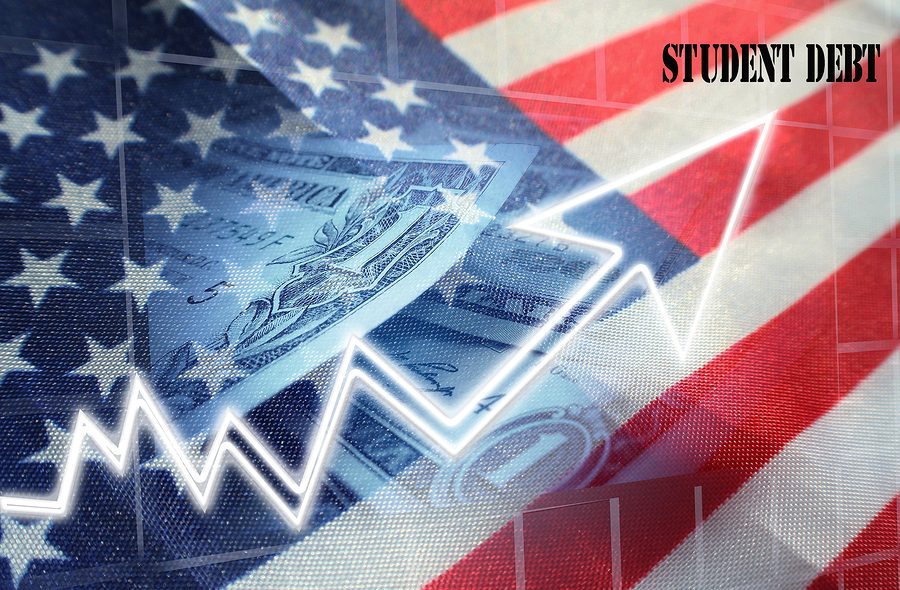Student loan debt affects more than 44 million Americans, a collective $1.67 trillion in outstanding student loans. Members of the Baby Boomer generation owe the largest portion of student loan debt, as well as borrowers who earn higher incomes.
According to a recent study by Fidelity, that surveyed 250,000 outstanding student loans, Baby Boomers owed 33 percent (33%) more debt in 2020 than they did in 2019. The biggest reason for this increase has to do with the number of Baby Boomers who took out Parent Plus loans to help their children and grandchildren attend college.
These loans come at a terrible time for borrowers who are in the 50s and 60s. Instead of focusing on saving for retirement, members in this generation are taking on even more debt to cover college expenses for members of younger generations.
Fidelity’s study also showed that consumers who earned higher incomes owed the most in terms of student loans. Some of these individuals fall in the classification of the Baby Boomer generation, while others identify in the younger generational categories. In fact, data from the Federal Reserve Survey of Consumer Finances, reported that members of upper-income households accounted for the large bulk of out-of-pocket payments made on student loans.
Forty percent (40%) of American households with annual incomes above $74,000 owed 60 percent (60%) of the total amount of student loan debt owed nationwide. Their student loan payments also constituted nearly 75 percent (75%) of the total payments made.
Increasing tuition costs for undergraduate and graduate studies have contributed to this statistic. Additionally, more undergraduate students are moving onto graduate school, a decision that normally comes with significantly more student loans. Households with members who hold graduate degrees made up 56 percent (56%) of the total outstanding amount owed in student loan debt. This figure is up from the 49 percent (49%) reported in 2016.
Baby Boomers are also taking out more money from their retirement accounts to help cover these loans and expenses, another decision which can be disastrous for retirement planning. The number of people with outstanding student loan balances who took money out of their 401(k)s early increased dramatically in just one year from 13.9 percent (13.9%) in 2019 to 23 percent (23%) in 2020.
Please click here to read more.
For borrowers who are struggling with student loan debt, relief options are available. Many student loan borrowers are unaware that they have rights and repayment options available to them, such as postponement of loan payments, reduction of payments or even a complete discharge of the debt. There are ways to file for bankruptcy with student loan debt. It is important you contact an experienced Miami bankruptcy attorney who can advise you of all your options. As an experienced CPA as well as a proven bankruptcy lawyer, Timothy Kingcade knows how to help clients take full advantage of the bankruptcy laws to protect their assets and get successful results. Since 1996 Kingcade Garcia McMaken has been helping people from all walks of life build a better tomorrow. Our attorneys help thousands of people every year take advantage of their rights under bankruptcy protection to restart, rebuild and recover. The day you hire our firm, we will contact your creditors to stop the harassment. You can also find useful consumer information on the Kingcade Garcia McMaken website at www.miamibankruptcy.com.


